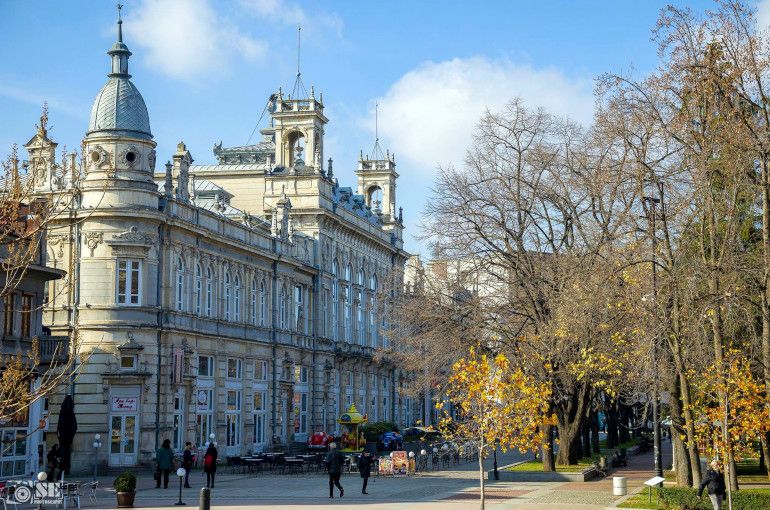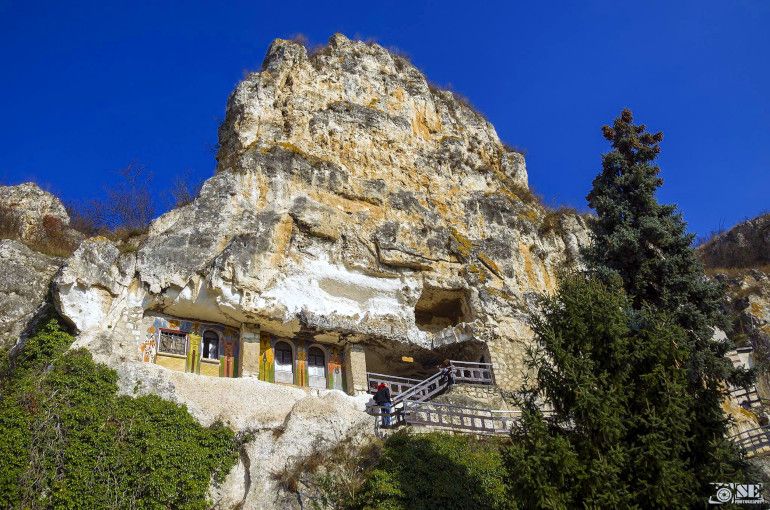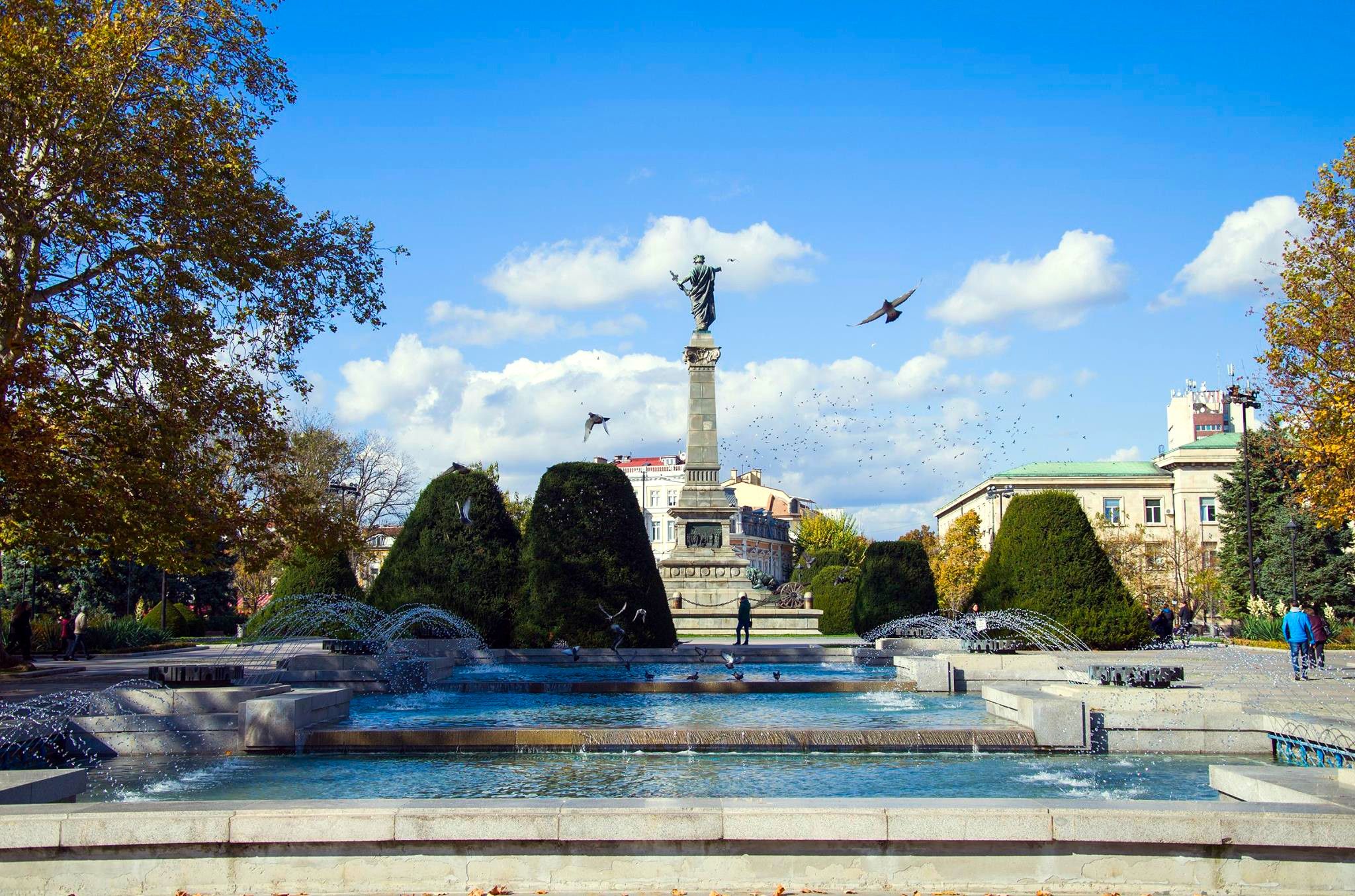Part one. The little Vienna of Bulgaria
Written by Anna Kerezsi, edited by Scott Green, photos by Sevdalin Emanuilov
Did you know that Bulgaria and Romania have a natural border between each other? The Danube river has a long and winding course starting from the Black Forest in Germany and ending in the Black Sea at Danube Delta in Romania. With its 2850 km length, it is considered the second-longest river in Europe (if we count the Volga on the territory of Russia as a European river). The Danube flows through 10 countries and many cities, including 4 capitals: Vienna, Bratislava, Budapest, and Belgrade.
There are many interesting towns in the former Transdanubian Bulgaria that are worth visiting. From west to east the most popular towns are Vidin (with Baba Vida fortress), Oryahovo, Svishtov (with the ruins of the Novae Roman Legion camp), and Ruse.
Ruse - “Little Vienna”
Ruse is known for its 19th - 20th-century Neo-Baroque and Neo-Rococo architecture, which attracts many tourists. These buildings give a pleasant atmosphere and are surrounded by nice little squares and fountains. This type of architecture recalls a feeling of walking on the streets of Vienna, Budapest, or Venice. There are many pedestrian streets in the center to get lost in. The main street – Aleksandrovska – is the most popular among them. It starts at the Alyosha statue on the north and ends with the Rose Garden on the Prince Alexander Battenberg Square which is in the middle of the Old Town. Surrounded by national cultural sights such as The Regional Museum of History, Hristo Botev High School, Regional Library Lyuben Karavelov, and the Post Office.
Halfway along Aleksandrovska street, the main street of Ruse, you will come across the Monument of Liberty, found in the middle of Liberation Square, with most of the traditional restaurants and artistic cafés surrounding it. The Ruse Court House and the Profit Building are two significant buildings of this area.

Getting there
Ruse is easily accessible by bus or train from the capital, Sofia, and the trip takes approximately 4-5 hours. The railway station is less than a 30-minute walk to the city center. It is recommended to enter the station building for a few minutes – as it looks even better on the inside than on the outside! It was opened in 1955 as the biggest railway station in the whole Balkan area. The first railway line of the Ottoman Empire, and of Bulgaria in general - the Ruse-Varna railway line - opened in 1866.
Friendship Bridge
On the opposite side of the Danube River, there is a Romanian town called Giurgiu. The so-called Danube Bridge or Friendship Bridge connects them together with Ruse. It can be crossed by foot and was the only bridge between Bulgaria and Romania from 1954 until 2013.
Museums
Ruse has a huge variety of museums, which is no surprise considering its historical importance.
These are the most visited ones:
Regional Historical Museum
Ecomuseum with aquarium
Museum of Urban Lifestyle, House of Kaliopa
National Museum of Transport
House Museum “Baba Tonka”
Around Ruse
Cherven
During the Second Bulgarian Empire, in the 12th - 14th centuries, the town of Cherven was built and became the seat of the Bulgarian bishops. It was an important craft center with iron extraction, blacksmithing, and goldsmithing. The ruins of the Byzantine fortress still remain.
Rusenski Lom Nature Park, and the Rock-Hewn Churches of Ivanovo
This area of the park has been under protection since 1970. It gives home to several species of birds, reindeers, roe deers, wild boars, wolves, jackals, foxes, and other forest animals. Following the winding river to the south, a building-like formation can be found carved into the wall. Based on findings and excavations, monks carved it to make a shelter away from society and to get closer to God. It became a monastery in the 13th century and several frescos are still visible from that period. It is on the list of UNESCO world heritage sites and can be visited between April and November. It is not the only one in Bulgaria, the so-called Aladzha Monastery on the seaside, near Varna, is also worth visiting.

Rock Monastery “St. Dimitrius Basarbovski”
There is another rock-hewn monastery nearby, in Basarbovo just 12 km from Ruse. It was named after a shepherd who became a lonely monk and lived there. According to legend his body was taken by a flood, and when his relics were retrieved from the water, they started to perform miracles: St. Dimitar healed people and protected the village against hail. The monastery gives shelter for people even until today, open for tourists and pilgrims.
Forest Park Lipnik
Lipnik is around Nikolovo, 10 km from Ruse. A perfect place for recreation, for a long walk in a forest with fresh air, beautiful lakes, and tiny Japanese gardens. It is not completely cut off from civilization as you can find a hut and a hotel here, as well as restaurants with traditional Bulgarian food. You can easily reach it by bus from Ruse, the journey doesn’t take long.
I hope with this article I can encourage people to visit this colorful little town. Even my Bulgarian friends ask me what it looks like, how different it is compared to Sofia and Plovdiv. I highly recommend it for a long weekend trip, and if you have a car, take a tour on the Danube line. Stay tuned for more "Diamonds on the Danube."
